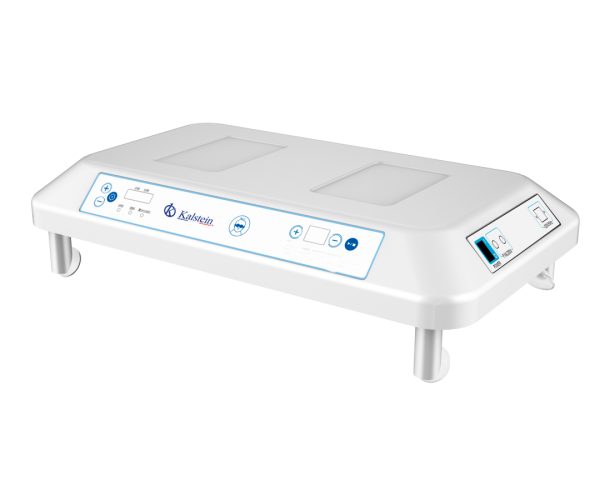Neonatal hip bilirubinemia, also known as jaundice, is a major concern among parents. It is characterized by excess bilirubin in the blood, resulting in the newborn’s skin and eyes becoming yellowish. This condition is not dangerous, for the most part, but is serious if the bilirubin level becomes too high. Still, it is common to occur during the first few days of life and usually goes away on its own in the next two to three weeks.
While treatment of neonatal hip bilirubinemia depends on the cause and bilirubin level, there are two main treatments: phototherapy and vitamin K supplementation. Phototherapy involves directly exposing the newborn’s skin to an ultraviolet light that helps break down bilirubin into a more easily eliminable form. Meanwhile, supplemental vitamin K helps bilirubin be eliminated more quickly.
What are the advantages and disadvantages of hyperbilirubinemia treatments in neonates?
Both forms of treatment have their advantages and disadvantages, so it is important to understand how they work and what parents should consider when faced with a diagnosis of neonatal jaundice. On the one hand, treatment with phototherapy is indicated for newborns with moderate to high levels of bilirubin in the blood.
This is due to the effect of ultraviolet light on the part of the bilirubin responsible for producing the yellowish skin tone. However, while the overall risk of toxicity is small, long-term use of phototherapy increases the risk of skin breakdown, and infants exposed to very high levels of ultraviolet light may develop vision problems.
In contrast, treatment with vitamin K does not produce any apparent risk for infants, as this vitamin is an essential part of human nutrition. Vitamin K supplementation allows bilirubin to be eliminated more rapidly. It is recommended that infants receive supplements starting on the fifth day of life, and it is usually enough for neonatal hip bilirubinemia to go away completely.
What care should be taken with neonatal hip bilirubinemia treatments?
Although phototherapy and vitamin K supplements are both effective treatments for neonatal hip bilirubinemia, great care must be taken in deciding what type of treatment is best for a particular baby. Consultation with a specialist is recommended before starting treatment. This is particularly true if a baby is taking other medicines or is at risk for complications from the condition.
In conclusion, phototherapy and vitamin K supplementation are two safe and effective treatment options for neonatal hip bilirubinemia. However, parents should talk to a professional to make the right decision about the ideal treatment for the baby. Only then can they ensure that the condition is treated correctly and safely.
Kalstein options in phototherapy to treat neonatal hip bilirubinemia
Kalstein, as a leading manufacturer of medical equipment, makes available the childhood bilirubin phototherapy unit. These devices enable the safe delivery of radiation to children who require it. The characteristics include the possibility of regulating the irradiance or amount of light emitted by the radiation source, as well as the irradiation time. On the other hand, these equipment uses LED lights, which helps save electricity, are more durable and emit less heat. The models available for sale can be reviewed at HERE and HERE. If you are interested in the purchase and the prices, at those addresses you can make the respective inquiries.

